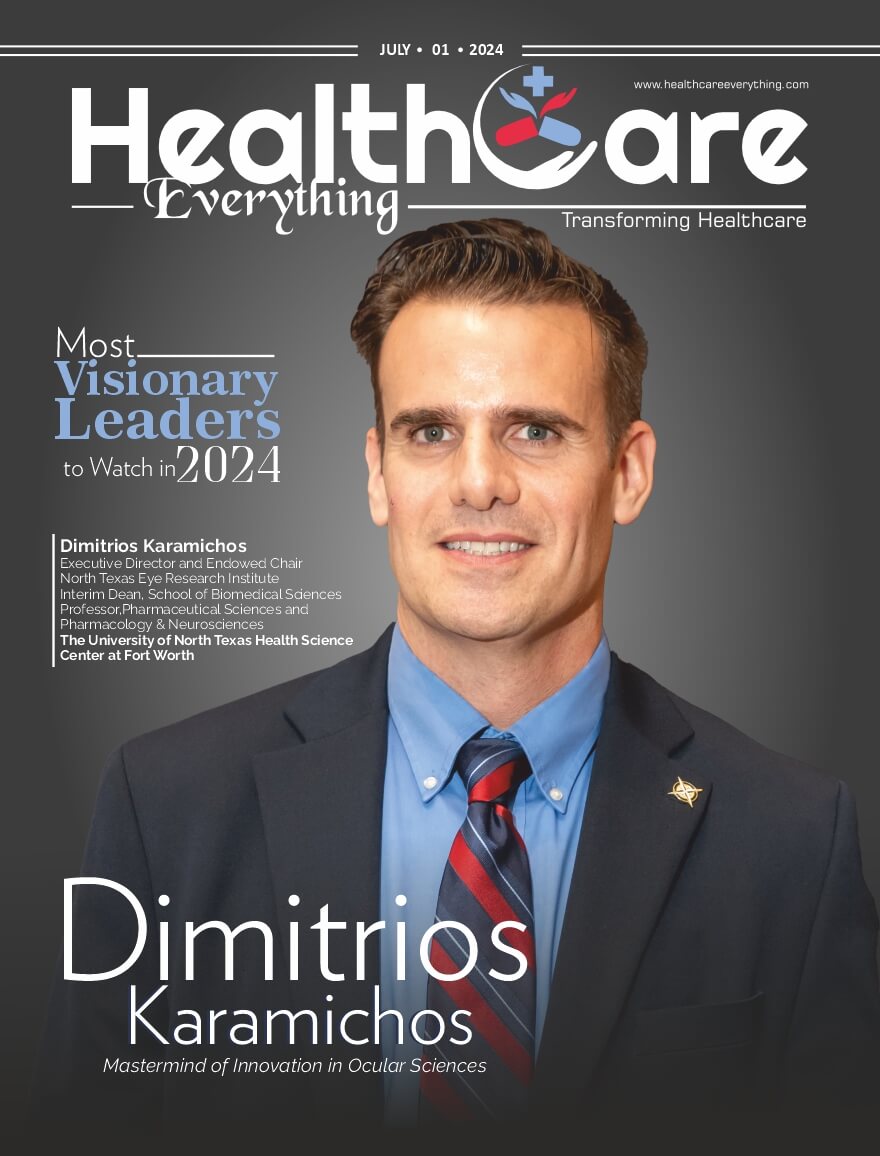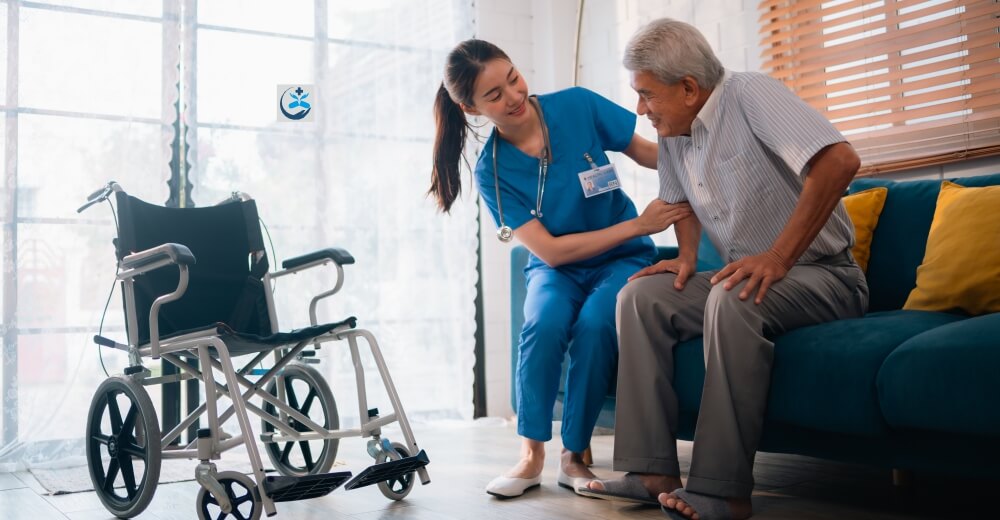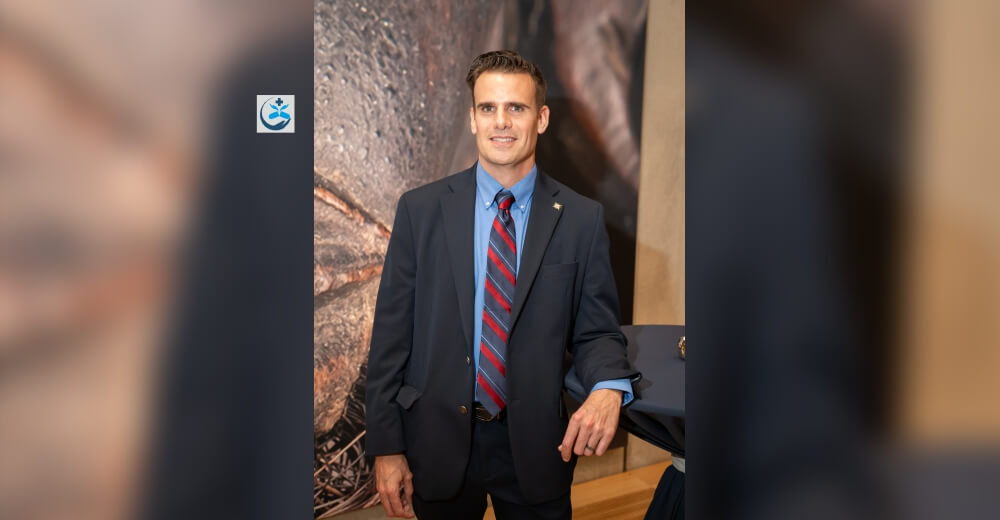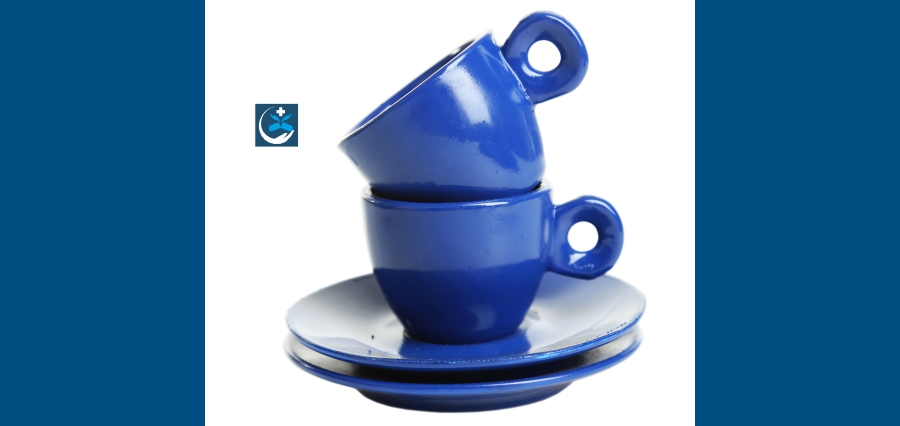The Healthcare industry has undergone numerous changes in the past few decades with the application of modern technologies and systems. One of the new developments is the urgent care centers formed with the objective of providing immediate health assistance round-the-clock.
The pandemic has posed challenges with new types of medical tests, treatments and hospitalization, aimed at diagnosis for identification, isolation, and curing of the patients. Urgent care centers sprang up in action for the testing of the symptomatic patients through the basic swab test, Rapid Antigen test and RTPCR (Real-Time Polymerase Chain Reaction) test supporting the government health departments with fast testing and quick counselling of the patients.
The doctors and the medical staff guided the patients in conducting the necessary tests. Based on the gravity of the infection, they directed them to home isolation, institutional isolation, or hospitalization.
The patients were given with proper guidance in dosage and use of medication and health supplements. A comprehensive list of dos and don’ts with the diet and lifestyle precautions is given in counseling sessions.
Pivotal Role In the Pandemic
Urgent Care played an essential role in providing a solid foundation for the quick response function in the crisis. The team of doctors, nurses and support staff were available round-the-clock to help the people with fast detection and instant treatments. The medical team travelled to remote locations to conduct research, collect swab samples, and spread awareness among the people.
A large part of our population still resides in the remote countryside, which is barely accessible. The team of urgent care centers penetrated deeply basically with the three main objectives of
1. Spreading Awareness
The urgent care teams’ basic responsibility was in creating awareness about the deadly virus and the essential precautions required to be taken. Social education was recommended on the strict use of face masks, dangers of public spitting, mixing with the crowd, and homestay.
Dietary instructions on having fresh, clean and nutritious food for building higher immunity. Drinking warm water, taking proper sleep, and moderate exercise were advised everywhere.
2. Organizing the testing drives
With the help of local authorities, swab tests were conducted on the suspected patients who displayed the listed symptoms.
3. Taking remedial measures
In a short time, their task was to counsel the people about the pandemic quickly, and the necessary care and precautions to be taken with the distribution of the medicines with the correct dosage. In case of the severity of the infection, the urgent care immediately arranged for oxygen-equipped modern air-conditioned ambulances for quick shifting of the patients to the designated hospitals for immediate ICU admissions to monitor and treat them quickly.
Patients with basic symptoms were given instructions and asked for home isolations to steadily cure the infection and stop the further spread of COVID-19.
Urgent Care centers were also equipped with basic admission and treatment facilities for a limited number of patients when the allotment of the hospitals or facilities. A dedicated arrangement of the oxygen facility, medicines, non-medical accessories and consumables with the dedicated medical team made the facilities life-saving points of the essential medical network.
Urgent Care centers became crucial versatile health hubs for research, detection, control, spreading awareness and offering quick and effective treatment. Due to the unique nature of the operation, it catered to regular patients of all miscellaneous non-COVID ailments and health issues.
Many hospitals became focused on COVID treatments alone, while the Urgent Care centers continued with their original function of providing people with versatile, economical, effective, reachable and accessible services and treatments.
Blood Collection and Distribution
They also facilitated in the collection and supply of blood units for various emergency requirements as the public blood donation camps were not held due to the pandemic. The offsite services of reaching to the patients, senior citizens and pregnant women in remote locations, supported the people greatly in addressing their medical needs.
Supporting Senior citizen
With most hospitals and medical facilities being used in COVID care and assistance, urgent care centers stood up to the cause and their core purpose of attending, checking and treating the senior citizen by offering them door-step assistance.
Understanding the pandemic’s challenges, inconvenience, and risks, the point-to-point service came in as a timely relief. Their role went beyond the typical medical assistance but in offering other essential services and psychological counselling too.
Adding to the Massive Impact
The role of urgent care centers has worked wonderfully in increasing the efficacy of the entire pandemic control program. The urgent care centers have played an important role in adding a breath of fresh air to the country’s successful comeback in control and steady eradication of the deadly virus.
With the domestic vaccines working dynamically globally, Sthe urgent care centres’ small yet highly effective role boosted the healthcare industry in every dimension.







